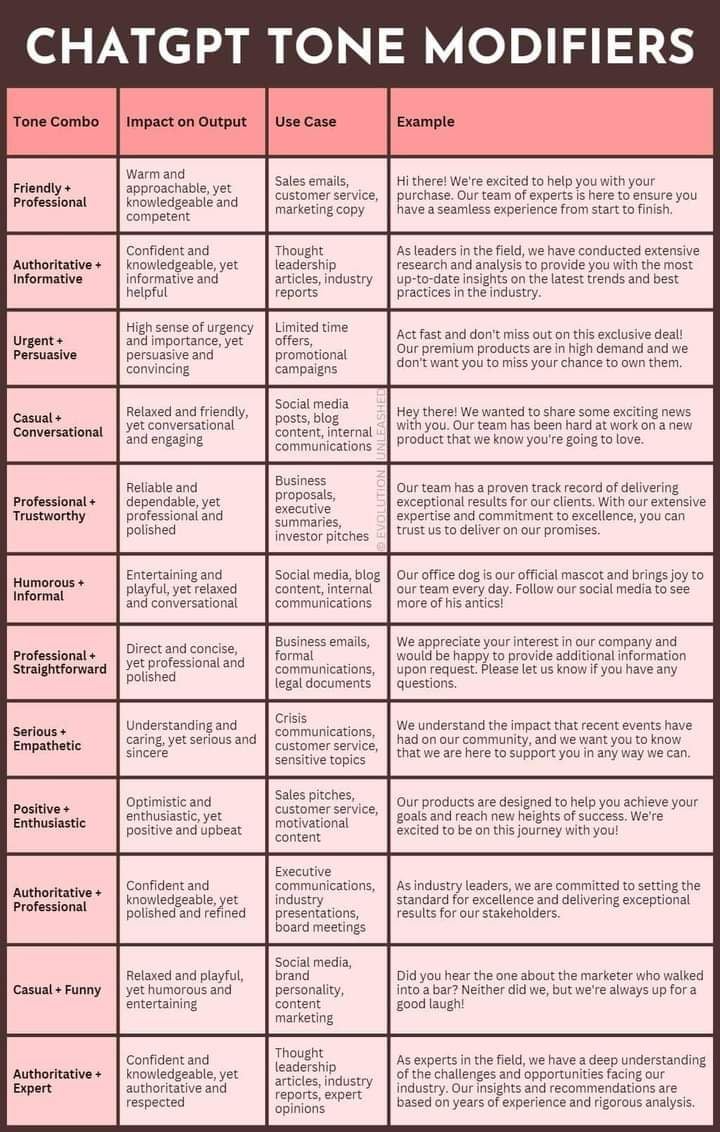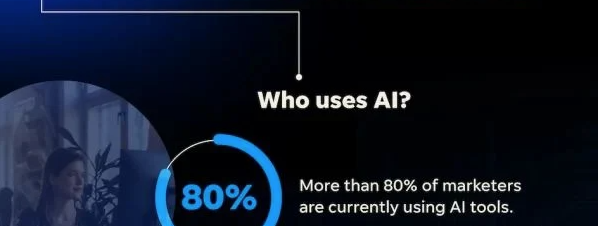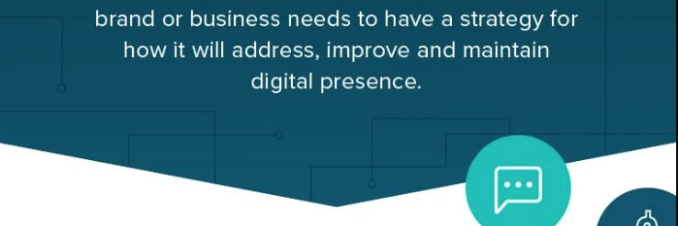As you’re prepping your 2024 marketing plans, it’s worth noting the key visual trends of the moment, and how they might factor into your presentation and creative elements in the year ahead.
To help with this, the team from Depositphotos have put together their annual listing of emerging creative trends, based on rising search queries among its community of 40 million users.















![A 44-Point SEO Checklist to Help Improve Your Process [Infographic]](http://www.emmanuelfonte.com/wp-content/uploads/2023/08/SEO-678x226.png)



